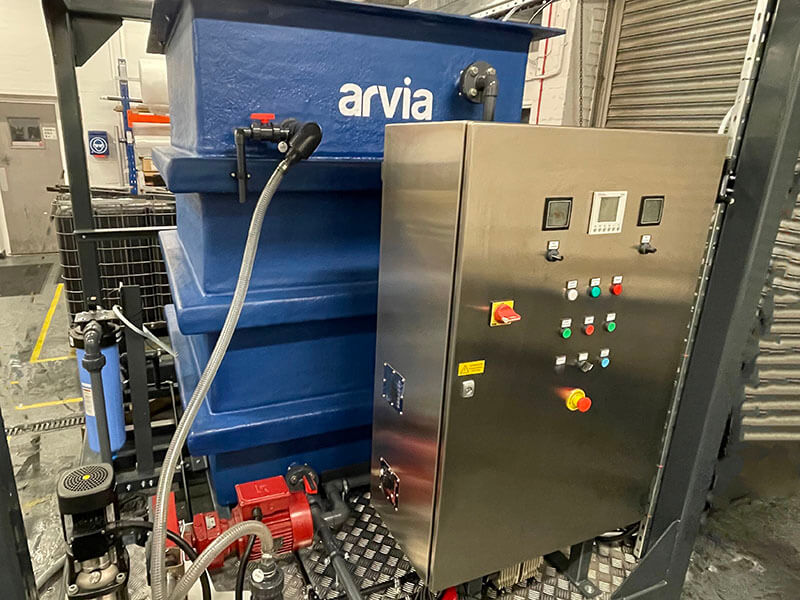Successful Treatment of Diclofenac
Arvia’s treatment process has proven capable of removing various problematic compounds, including those specified in EU and UK regulations – some of the strictest in the world.
Arvia’s treatment process has proven capable of removing various problematic compounds, including those specified in EU and UK regulations – some of the strictest in the world.

Arvia’s treatment process has proven capable of removing various problematic compounds, including those specified in EU and UK regulations – some of the strictest in the world. The system combines the benefits of both the processes of adsorption and oxidation whilst avoiding the disadvantages when each are used in singular. This combination allows treatment to be targeted to the contaminant, rather than the entire body of water, rendering the process much more cost effective than other oxidation processes.
In various trials of Diclofenac treatment, Arvia has demonstrated removal to well below the existing regulated limit from the outset of treatment.
The average energy required for treatment is ca. 0.1 kWh/m³.
As analytical methods continue to improve and awareness for the effects of such micropollutants develop, upgraded treatment of pharmaceutical micropollutants like Diclofenac will become obligatory – amongst other contaminants such as hormones and industrial chemicals.
For further information on the removal of micropollutants and emerging contaminants, have a read of August’s edition of GWI magazine, available here. Arvia appear in the Chief Technology Officer section of the publication.